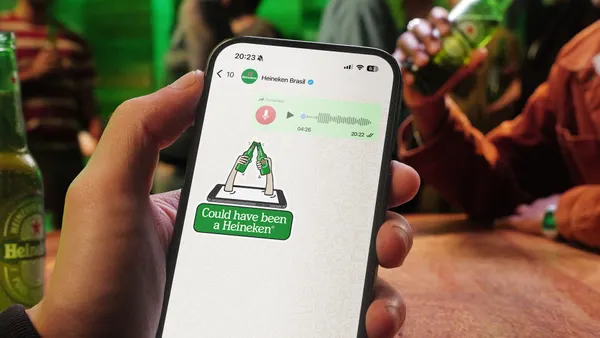Editor's note: The following is a guest post from Doug Baldasare, CEO and founder of ChargeItSpot.
SMS campaigns see engagement rates 6-8x higher than email marketing. What's more, 48% of internet users say they would rather receive loyalty-related messages via SMS.
Although SMS marketing is preferred by some consumers and beneficial for retailers, it can be difficult to get right. When people see a message from an unfamiliar number, their first inclination might be to ignore it or treat it as spam. However, there are some practices that brands can follow to get a message across to its target audience.
Get to the point
Creating a compelling call to action is vital to any SMS campaign. After all, the purpose of this type of marketing is to make it easy for a customer to buy a product or service. Mobile CRM platform Waterfall recently wrote in its blog that there are three basic purposes of an SMS call to action:
- Getting someone's attention
- Opting a person into a campaign
- Providing an offer with a clearly-outlined value
In SMS marketing, it's important to keep these messages short and sweet. According to Forbes, SMS messages should be 160 characters or less, which is typically the cap before a device’s display cuts the message into separate pieces, muddling the content of the ad.
Know when and how to contact customers
One way for retailers to turn a customer off is by sending frequent messages. Nobody wants to receive a burst of texts from a marketer trying to sell them something. For this reason, it’s best to limit campaigns to no more than four text messages each month. If a customer feels overt pressure to buy, they're more likely to opt out and may take their future business elsewhere.
It's also important to determine the most effective times of day to connect with consumers. For instance, Mondays are known to have the lowest response rate because people are catching up on work that's piled up from the weekend. Retailers should also be mindful of the time of day they're planning to send a message. It's a bad idea to push messages too late at night when consumers are likely sleeping. Paying attention to time zones also assures that brands don't contact customers at generally inconvenient times.
Provide an opt-out option
While marketers don't want to see customers go, it's important to give them an option to stop receiving messages — which happens to be required by law — but also keeps consumers from feeling harassed by a flood of messages. Here's a helpful blog post from Experian outlining some rules about that. But even with the opt-out option available, most people aren't leaving. According to a study by Hello World, the average opt-out rate for a bulk SMS campaign is just 3.7%. If you're doing a good job with your SMS marketing, chances are majority of customers won't leave.
Since no business wants to completely shut out its customers, making this opt-out process as easy as possible will leave consumers with a good perception of the brand. Having them respond with a word like "Stop" or "Unsubscribe" is pretty painless. Some companies choose to ask a quick follow-up question about why a user decided to leave. This helps businesses learn how they can improve their marketing strategy as to not make the same mistakes in the future.
More retailers than ever are tapping SMS marketing to get the word out about their brand. And while it can be challenging to keep consumers engaged, it can be a powerful way to market a product or service when thoughtfully executed.












